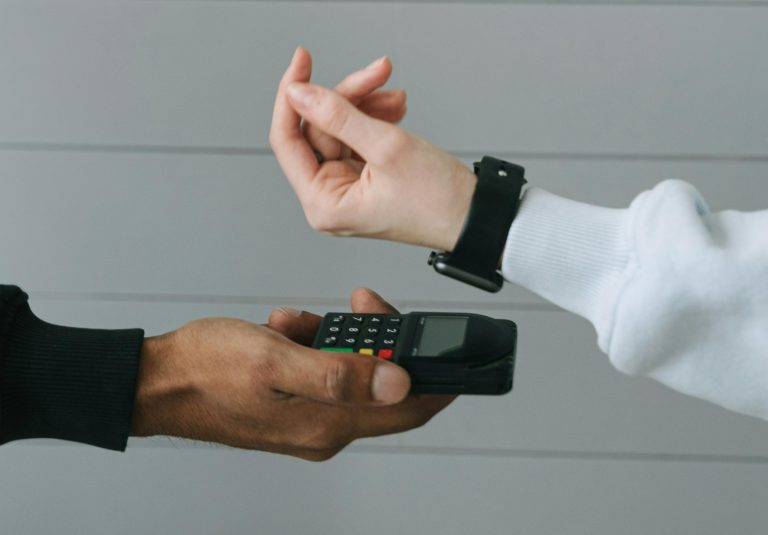Digital banking is now part of our everyday lives, but it took the industry decades to get to the point that it is today. This week, let’s dive into the history of digital banking and how it paved the way for the fully online experience people enjoy today.
A look back in time
The road to digital banking started around the 1960s when banks sought to automate some of their basic functions, like processing checks. Implementing new technology, such as Electronic Recording Machine Accounting (ERMA) in 1959, debit cards and Automated Teller Machines (ATMs) in the 1960s, and remote account access through home systems like Pronto in the 1980s, meant that tellers were able to focus on more complicated tasks, allowing banks to serve more customers. These advancements also meant that customers were able to personally manage their accounts in ways that were not previously possible – although their adoption was not fast by any means.
The growing popularity of the internet in the 1990s and 2000s encouraged banks and other financial institutions to create online portals for their customers. Some notable first adopters of web-based banking were Wells Fargo and Presidential Bank, both of which began offering these services in 1995, and other banks soon followed suit. As smartphones gained popularity, banks began rolling out their own mobile apps, allowing customers to personally manage their accounts from anywhere.
Since more and more financial services were able to be accessed digitally, it was only a matter of time before fully digital banks began opening up for business. Some of these include Ally (founded in 2009), SoFi (founded in 2011), and Chime (founded in 2012), among many others, which are considered neobanks.
Making way for neobanks
Neobanks are banks that operate “completely digital, existing mostly independently of traditional banks” without any physical location. Not having physical locations means that neobanks have lower operational costs and are able to pass on those savings to their customers by offering lower fees and interest rates than what traditional banks offer.
The popularity of digital banks has soared in the past few years. According to Statista Market Insights, 13.9 million people in the U.S. used neobanks in 2019 compared to 52 million by 2023.
However, since neobanks are not actually “banks” in the traditional sense, they are not regulated in the same way, and customers may find that their deposits “may not be FDIC-insured.” Customers can search if a bank is FDIC-insured – as well as find its primary regulator – by using the BankFind Suite on the FDIC’s website.
Challenges ahead
Even as the industry offers more options for consumers, there are serious concerns over the lack of regulation of neobanks and money-sharing apps. The FDIC released a warning about practicing caution when opening accounts with nonbank companies, since they may not be insured or regulated.
Additionally, the increasing reliance on digital technology in recent decades also means bank fraud and theft have taken a new form, and there is rising concern over the integration of AI in online banking services and what this means for consumer privacy and security.
It is important to remember that although banking is capable of being done completely online, for many communities a fully digital bank is simply not feasible without broadband access, which many areas still do not have.







